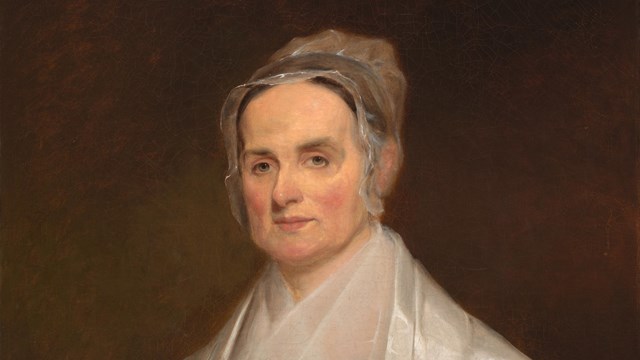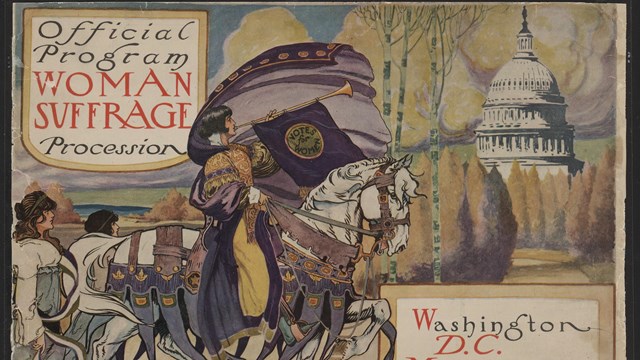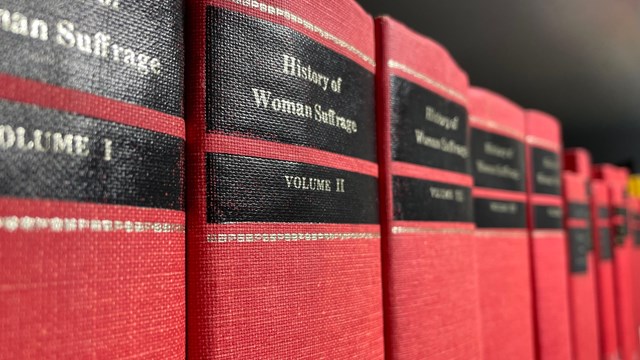"All Men and Women Are Created Equal"Gathered together on two hot days in July of 1848, one hundred women and men echoed these words with their signatures in support of the Declaration of Sentiments. 300 women and men attended "...a Convention to discuss the social, civil and religious rights and condition of woman." This convention was the first of its kind in the United States. It was a crucial, formal beginning of a movement that grew rapidly in the years leading up to the American Civil War. Explore the people, places, stories...and more, associated with the First Woman's Rights Convention. 
People
Who was at the 1848 Women's Rights Convention? Learn about the people who declared that all men and women are created equal. 
Places
Learn about the sites that made Seneca Falls a crucible of change. 
Stories
Explore themes like abolition, the Erie Canal, and the fight for the Nineteenth Amendment. 
Collections
Learn about the papers, objects, and artifacts that make up our collections. 
Research
See a selected bibliography and additional resources to learn more about the women's rights movement. All Men and Women are Created EqualThe Declaration of SentimentsIcons in BronzeThe First Wave Statue |
Last updated: May 24, 2025
